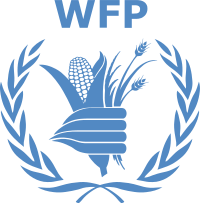
Photo from wikipedia
Mali, a vast landlocked country at the heart of West Africa in the Sahel region, is one of the least developed and most food insecure countries in the world. Mali… Click to show full abstract
Mali, a vast landlocked country at the heart of West Africa in the Sahel region, is one of the least developed and most food insecure countries in the world. Mali suffered from a series of political, constitutional and military crises since January 2012, including the loss of government control of northern territories from April 2012 until January 2013. A range of humanitarian aid interventions were scaled up in response to these complex crises. In this study, we exploit data from a unique pre-crisis baseline to evaluate the impact of humanitarian aid on the food security of rural populations. We design a quasi-experimental study based on two survey rounds, five years apart, in the Mopti region in Northern Mali. Data was collected from 66 communities randomly selected from within food-insecure districts. Study outcomes include household expenditures and food consumption and a proxy for child nutritional status (height measurements). We estimate program impact by combining propensity score matching and difference-in-difference. Food assistance was found to increase household non-food and food expenditures and micro-nutrient availability. Disaggregating by degree of conflict exposure showed that the effects on children’s height and caloric and micro-nutrient consumption were mostly concentrated in areas not in the immediate vicinity of the conflict, unlike the increase in food expenditures that were driven by households located in close proximity to armed groups. The effects were also concentrated on households receiving at least two forms of food assistance. In villages where armed groups were present, food assistance improved household zinc consumption and also appeared to support food expenditures. Food transfers are thus found to exert a protective effect among food insecure population in conflict context.
Journal Title: World Development
Year Published: 2019
Link to full text (if available)
Share on Social Media: Sign Up to like & get
recommendations!